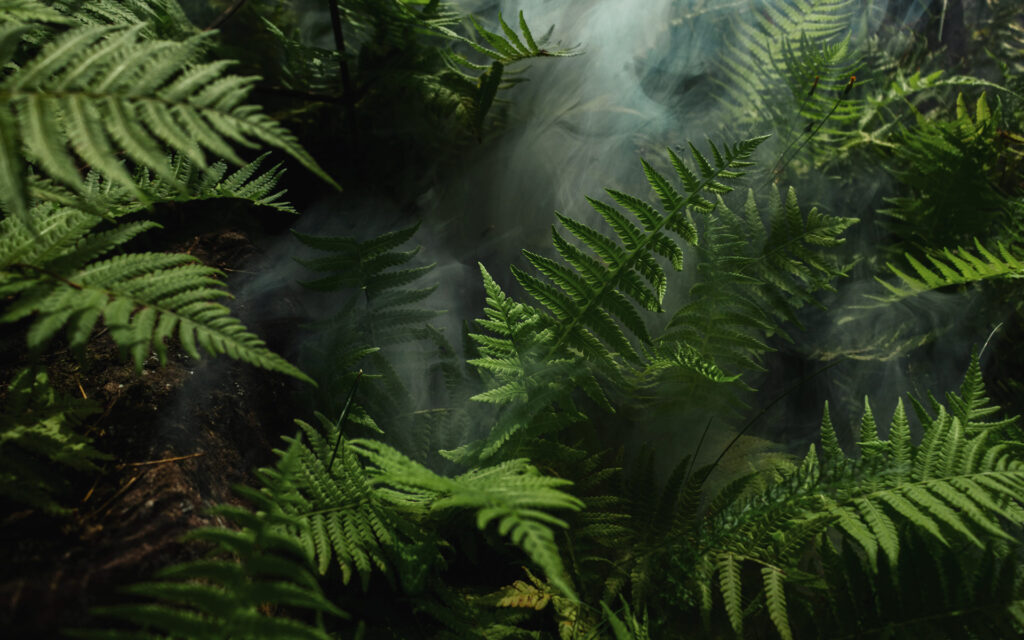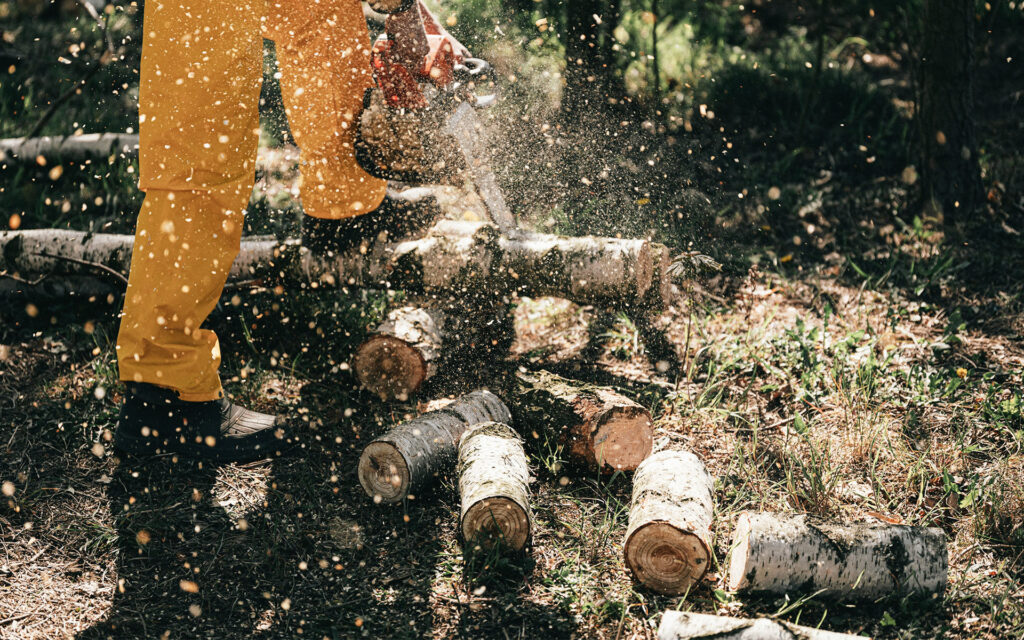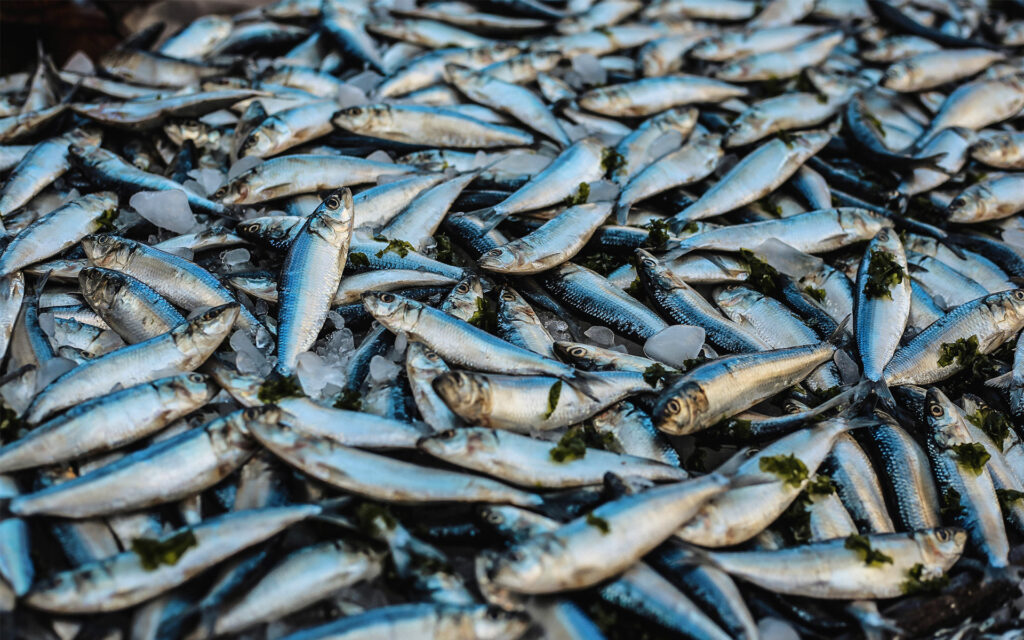The Amazon is the largest tropical forest on the planet. With an area of about 7 million square kilometers, it is one of the regions with the greatest biodiversity in the world. Hence, its role as a regulator of climate change. Its extension covers 40% of the South American continent (and 4.9% of the world’s continental area). It is located between 9 countries, of which Brazil and Peru are the ones with the largest area of the Amazon rainforest.
But the Amazon rainforest comprises more than just green jungle. In an interview conducted by National Geographic with researcher Pedro Viana, he reveals that the Amazon is, in reality, a biome of great diversity. That is, a set of ecosystems that interact with each other. Six main ecosystems separate this biome: dryland forest, floodplain forest, swamps, savannas, mountain refuges, and mangroves. The benefits that this biome offers us are essential for climate balance and human activities such as agriculture. In addition, the Amazon River basin is located here, the longest and largest in the world, and one of the largest sources of fresh water in the world (it contains 20% of the fresh water on the planet’s surface).

In serious danger
Today the Amazon is more compromised than ever, and with it our existence. Various pressures, of human and natural causes, are endangering communities and hundreds of species that inhabit the largest jungle in the world. Different media and organizations, such as National Geographic or WWF, consider the following problems as the main threats.
Deforestation
According to the WWF, between 2000 and 2013 the Amazon lost 4.7% of its forests, while the expansion of pastures and crop areas increased. Experts consider this the main cause of deforestation in the region. If this pace continues, experts estimate that the loss of 27% of forests by 2030 will significantly impact life on the entire planet Earth.
Other causes of deforestation are indiscriminate logging and burning of large areas of forest, whether natural (due to increased temperatures) or caused by humans.

Fires in the Amazon rainforest
Another serious threat to Amazonian life lies in the increase in forest fires in recent years. Many of these fires are due to deforestation for grazing. Natural fires in this region are minimal and even unlikely for National Grographic, due to the characteristics of the area. Fires occurred once every 400 to 1000 years, but the destruction they entail is much more severe than in other places. Although the fire does not reach great heights, it advances slowly and spreads at the base of the trunks, causing the death of many trees. Irreversible damage, which would also consume the existing seeds and impoverish the soils, making the probability of recovery highly difficult.
Tropical forests consist of species that do not adapt to fires, as they require many years for their development and their ecosystem comprises many different species. In the coming decades, deforestation, aided by climate change, which creates increasingly dry and hot conditions, will increase the frequency and intensity of fires.
Mining and exploitation of hydrocarbons
The vast mineral reserve that the Amazon possesses has not gone unnoticed by large corporations eager to extract the resources it offers, turning this great wealth into one of its major threats.
Estimates indicate that mining, oil, and gas companies control 15% of the Amazon, as concessions and contracts do not exclude even protected areas from these devastating activities. Hundreds of concessions have already been awarded and thousands more are pending approval. In addition to the loss of flora and fauna, these activities especially affect indigenous communities, putting more than 37% of their territory at risk. The effects of these activities do not end there. Collateral damage continues to impact jungle life. Gold extraction, for example, increases deforestation in the Amazon and contaminates the local water, land and air by using mercury in its refinement.
Hydroelectric dams in the Amazon rainforest
We all know that hydroelectric energy is a clean source for generating electricity. We know it is a renewable source because it harnesses the natural force of water to produce energy. But, probably, we are not aware of some of the impacts that its construction produces, especially in areas of the Amazon.
According to WWF data, the Amazon rainforest contains 154 hydroelectric dams, and almost 300 more are planned to be added. This significant increase in dams would represent a major threat to the ecology. Not only does it alter the natural flow of rivers, but it greatly transforms ecosystems, altering natural cycles and endangering migratory fish, such as golden catfish, by interrupting their transit. In addition, it would harm species that are already in danger of extinction such as pink dolphins.
On the other hand, the construction of these facilities results in deforestation (which occurs between 40 and 100 km around the hydroelectric plant). And, in many cases, the designated area overlaps with protected areas or indigenous territories, causing enormous transformations for all those who inhabit the area.

Intensive agriculture
Agriculture is one of the activities that has generated the greatest losses of natural habitat, causing major transformations in the Amazon soil. Soybean and oil palm crops are the ones that have affected the most land, due to the immense demand for them. None of these crops are typical of the region, but they have found a favorable environment to develop on its land, and it is estimated that their cultivation will continue to increase more than any other local product.
The introduction of non-endemic species can have serious consequences on the biodiversity and ecosystem of the area, one of them being the decline, and even extinction, of those species that are native. In the same way, the increase in demand for livestock, for the production of meat and milk, has a strong impact on the Amazon by requiring vast areas for this activity. Livestock farming has become the main cause of deforestation in countries like Brazil. It is one of the countries with the largest commercial livestock in the world and requires large amounts of land to feed cattle.
Transportation routes in the Amazon rainforest
The construction of roads is vital for communication within a country as well as for trade with neighboring nations. However, these roads intersecting with wild areas cause widespread impacts on the ecosystem and force wildlife to retreat as their habitats are encroached upon.
The growing interest of East Asia in the products and raw materials offered by the South American continent promotes the export market and, with it, the construction of new routes to facilitate this activity. From roads and railways to the increase in river transportation, infrastructure is being built to connect markets and foster the development of countries. However, this would also lead to the loss of large areas of forest and their ecosystems.
An example is the Interoceanic Highway that connects Peru and Brazil, which, while facilitating access for international trade, has crossed jungle areas that were still relatively untouched between Madre de Dios (Peru) and Acre (Brazil). Currently, there are over 20 road projects pressuring for construction in the Amazon.
Changes in legislation regarding protected areas
One of the main threats to the Amazon rainforest responds to the interest of the governments (and rulers) of the different countries that share Amazon territory. For political or monetary purposes, the constant changes in laws intended to protect natural areas are highly worrying.
These changes are generated in order to allow a greater number of productive activities in areas that were protected, putting their conservation at risk through weak legislation or even leaving legal loopholes to disable any impediment to said activity. Multiple maneuvers are carried out by high command to approve these concessions that cause a reduction in protected areas, or in the worst case, an abolition of their protected status, leaving the area free for exploitation.
Indiscriminate fishing
The arrival of large fisheries to the Amazon affects the river ecosystem, causing a great imbalance in aquatic species, and which would pose a serious danger in the future if not regulated appropriately. Overexploitation of rivers, continuous fishing in large quantities, could wipe out many species of Amazonian fish. In addition to the great pollution that the increase in motor boats used in industrial fishing would generate in the waters.
Likewise, it would affect the native communities that have fishing as one of the main activities for their subsistence.

Unsafety
Authorities and inhabitants of the Amazon region face some of the main problems, including the increase in mafias dedicated to resource control, self-appropriation of land, payment of quotas, drug trafficking, and illegal animal trafficking.These criminal activities not only harm the species in the area that are threatened, but also put the safety of citizens close to these areas at risk.
Climate change
Yes, climate change is indeed a consequence, but it’s also a threatening factor for the Amazon. With the significant rise in global temperatures, it’s not hard to imagine the effects it will have on the world’s forests. Thus, it is expected that wildfires in the Amazon, once rare, will increase. This would result in the loss of vast hectares of forest, in addition to harming the various species that inhabit the area. These losses would become increasingly difficult to prevent and recover from, and due to the Amazon’s role in the world, it would ultimately negatively impact life on the entire planet.
With the decrease in the Amazon’s extent, a significant source of carbon absorption (one of the main greenhouse gases) would be lost, which would have serious consequences for the planet’s climate balance, as it is a globally important ecosystem.
What can we do for the Amazon?
The protection of the Amazon rainforest is essential for the health and well-being of the entire planet.”
David Attenborough
Seats of power are plagued with changes in environmental laws, unfounded permits, political favors, and other acts of corruption. Many of the problems fall on the corresponding authorities. That does not mean that as citizens we cannot do our part to contribute to the conservation of the Amazon rainforest. We need reforms that ensure the protection of the enormous biodiversity of the Amazon. Let’s make it a pending item on the agenda of every ruler and demand changes that favor the conservation of these areas.
Raise your voice. If you do not agree with a government decision, make yourself heard; surely many people and organizations share your vision and concern for the planet. Disclose to your acquaintances, spread the word about what is happening behind the scenes and the irregularities that are committed.
Report. The information is there, but many times we don’t know what is happening. Discussing with your family, friends, and colleagues will help others to be informed and begin to become aware of the repercussions of climate change.
Choose wisely. Try to avoid products that don’t adequately provide information about how they source their materials. As we decrease consumption of products like palm oil, demand will also decrease, thereby reducing its cultivation in areas outside of its native habitat, such as the Amazon.
Research. Not only to avoid companies operating in these areas extracting resources, but also to support those who do so responsibly and contribute to their protection. Find out how you can support them. And if you decide to donate to any organization or conservation center, verify their work, get involved, and ensure that they put your donation to good use.
The challenges are enormous and daunting, but together we can achieve great changes. There is still much to protect and conserve in the fight for the Amazon. Let’s not wait for the situation to reach a point of no return before taking action. Planting trees is not enough to compensate for what is lost. Let’s not allow one of the most diverse areas on the planet to perish, one that also plays a fundamental role in mitigating climate change.





